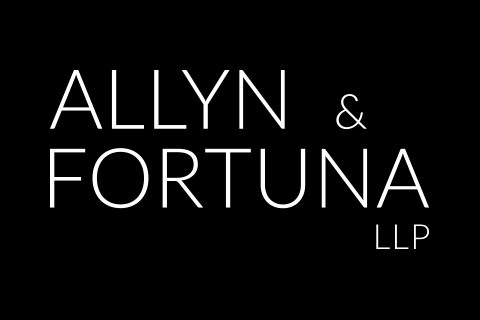EEOC Harassment Study Recommends Employers Recommit to Addressing Harassment in the Workplace
Date: June 22, 2016, Megan J. Muoio
In June 2016, the U.S. Equal Employment Opportunity Commission (EEOC) released the report of its Select Task Force on the Study of Harassment in the Workplace. It has been 30 years since the Supreme Court held in Meritor Savings Bank v. Vinson that harassment is a form of workplace discrimination under Title VII of the Civil Rights Act of 1964. Workplace harassment takes many forms, such as harassment on the basis of sex (which includes sexual orientation, gender identity, and pregnancy), race, disability, age, ethnicity/national origin, color, and religion. Allegations of harassment constituted almost one-third of the approximately 90,000 charges received by the EEOC in 2015, with 45% of those alleging harassment on the basis of sex and 24% alleging harassment on the basis of race.
In the report, the EEOC recommends that: (1) employers become aware of factors in their workplaces that create a risk for harassment; (2) employers look at their written policies with a fresh eye; (3) employers address the challenges posed by social media head-on; (4) employers have proper reporting and investigatory systems in place to address reports of harassment; and, (5) employers conduct thorough anti-harassment training sessions to educate employees at all levels.
First, the EEOC encourages employers maintain “situational awareness” of factors that may make their workplaces more susceptible to harassment so that employers can take proactive steps to ensure harassment does not occur. Both homogenous workforces – in which one group predominates and possibly isolates another group – and diverse workplaces – in which blocks of workers can form or where workers may be ignorant to cultural norms – can result in increased harassment. Workplaces with many young workers, where work is monotonous or low-intensity, or where the culture tolerates or encourages alcohol consumption leads to higher incidents of harassment. In addition, workplaces with significant power disparities, those in which authority is decentralized, and those with “high value” employees have an increased risk of harassment.
Second, the EEOC encourages employers not only to have a written policy against harassment, but to keep apprised of changes in law and circumstances in the workplace. The policy should be written and communicated to employees clearly, and contain all of the information about how to file a complaint or how to report an incident of harassment. The EEOC discourages the use of “zero-tolerance” policies against harassment because they can contribute to under-reporting and uneven discipline. Anti-harassment policies should contain information about the prohibition against retaliation and detail the steps that the employer will take to maintain employees’ confidentiality throughout the investigatory process.
Third, the EEOC encourages employers to directly address the evolving issue of social media use among employees and understand how it can contribute to workplace harassment, especially since interactions are less formal and more frequent. The EEOC stressed that employers should anticipate a time in the not-too-distant future when the entirety of their workforce will be using social media. Therefore, employers should stay current on social media trends at use in their workplaces and update anti-harassment policies to keep up.
Fourth, the EEOC recommends that employers implement and maintain reporting systems for harassment for employees who have either experienced or observed harassment in the workplace. An effective reporting system will contribute to all employees’ faith in the employer’s ability to handle incidents of harassment. The EEOC encourages employers to implement a multifaceted reporting structure with a choice of reporting methods, which can include the option to file a complaint with a manager or human resources, via multi-lingual complaint hotlines, or via the internet. Employers should examine the specific needs of their workplaces and offer an accessible reporting system for all employees that is followed up by an accountable, thorough investigation.
Finally, the EEOC recommends changing the focus of anti-harassment training. Research reviewed by the EEOC shows that standard training, without proper reporting procedures and accountability, has not decreased the frequency of incidents of harassment. One-size-fits-all compliance training that is focused on avoiding legal liability has not been effective. Instead, the EEOC recommends training that is tailored to educate employees as well as managers, supervisors, and other “first-line” employees to handle harassment in the workplace. The training should be live and interactive and should be conducted on a regular basis. Anti-harassment training should also be supplemented by “workplace civility training” that focuses on creating a positive workplace environment and “bystander intervention training” to empower and educate employees to reduce harassment in the workplace.
The EEOC’s focus on harassment in the workplace stems from not just a concern for its illegality, but also on its detrimental effect on business. The direct financial cost of workplace harassment is striking: since 2010, employers have paid out $698.7 million to employees through the EEOC’s administrative enforcement process alone. There are other direct costs to employers in terms of time, energy, and monetary resources, for legal representation, litigation, court awards, and damages. In addition, workplace harassment indirectly costs employers in terms of decreased productivity, increased employee turnover, and reputational damage.
 Allyn & Fortuna LLP
Allyn & Fortuna LLP